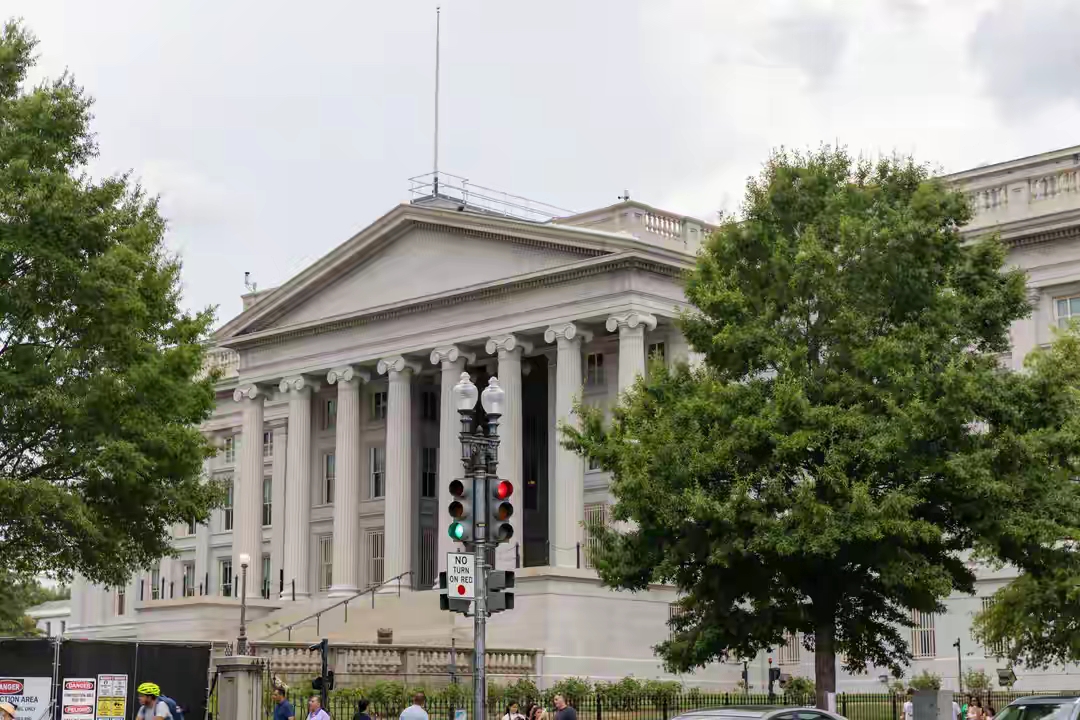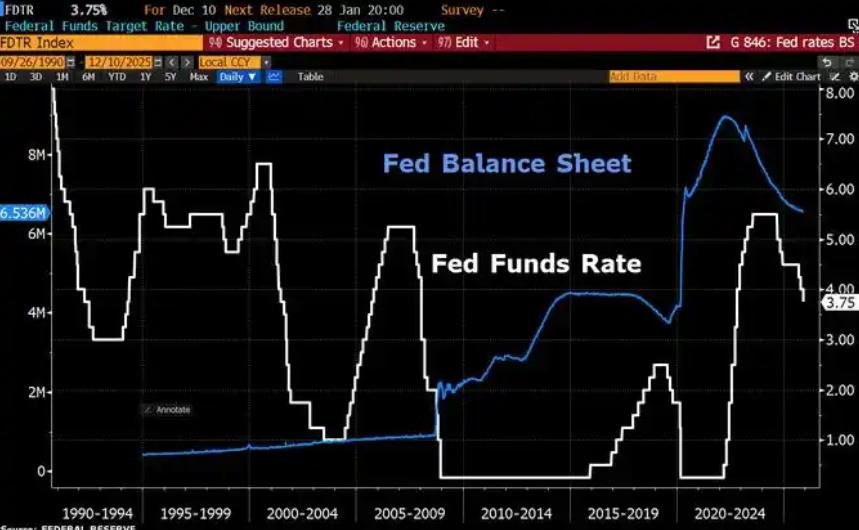
On October 22nd local time, data from the US Treasury Department showed that the total federal government debt exceeded the $38 trillion mark for the first time. From $37 trillion to $38 trillion in just two months, it set a record for the fastest trillion dollar accumulation rate outside of the pandemic period, with debt growth reaching $69713.82 per second. This number is not only a warning light for the US fiscal situation, but also reflects the deep-seated contradictions in the global economic governance system, and the underlying causes and potential risks are worth pondering.
Behind the soaring debt is the structural problem of imbalanced fiscal revenue and expenditure. On the expenditure side, the rigid expansion of mandatory expenditures has become the main driving force. As the aging population intensifies, the number of people participating in social security and federal medical insurance continues to increase. Superimposed by the rising interest of treasury bond, the proportion of these three expenditures in total financial expenditure has soared from 34% in 1965 to 73% in 2024, seriously squeezing the government's disposable space in education, infrastructure and other fields. On the income side, tax reduction policies continue to erode the fiscal foundation. The "Big and Beautiful" bill extends the 2017 tax reduction measures, and it is expected to reduce fiscal revenue by $4.5 trillion in the next decade, further widening the gap between revenue and expenditure. In the fiscal year 2024, the US federal government will spend $6.75 trillion, with only $4.92 trillion in revenue. The $1.83 trillion deficit can only be filled through borrowing, forming a vicious cycle of "spending expansion deficit expansion bond issuance".
The combination of monetary policy and political games has made the debt snowball bigger and bigger. To curb high inflation, the Federal Reserve implemented an aggressive interest rate hike policy, directly pushing up the cost of debt interest payments. The Peter Peterson Foundation estimates that the interest expenditure on U.S. debt will surge from $4 trillion in the past decade to $14 trillion in the next decade. In the 2025 fiscal year, the interest expenditure has exceeded $1 trillion, accounting for 17% of the total federal expenditure, and even more than the sum of military spending, education and research budgets. What is even more alarming is that the debt ceiling has become a tool for political games, and the two parties are caught in endless tug of war on fiscal issues. The Republican Party accuses the Democratic Party of excessive spending, while the Democratic Party criticizes the Republican Party for cutting taxes and damaging revenue, but has been unable to achieve substantive reform plans. The awkward situation where the two parties were deadlocked for several months before suspending the debt ceiling in 2023 and the debt exceeded $38 trillion during the government shutdown in 2025 is a direct manifestation of this political dysfunction.
The special position of US dollar hegemony has provided "confidence" for the US debt expansion, but it has also buried the hidden danger of credit collapse. With the advantage of the US dollar as the global reserve currency, the United States is able to transfer risks through interest rate adjustments: during quantitative easing, it dilutes debt by lowering US bond yields, and during aggressive interest rate hikes, it attracts the US dollar back to harvest global wealth. This "debt for debt" model has been tacitly accepted for a long time, but its sustainability is facing severe challenges. In May 2025, Moody's downgraded the credit rating of the United States from Aaa to Aa1, and all three major international rating agencies have stripped the United States of its highest rating, reflecting a crisis of trust in its debt paying ability in the market. More importantly, nearly $3 trillion of bonds will mature in 2025, and most of them will be issued at low interest rates. Renewal costs will surge in the environment of high interest rates. If the market cannot absorb large-scale new treasury bond, liquidity crisis may arise.
The risk of out of control debt has begun to seep into the US economy and society, and spill over globally. For the American people, the debt burden directly erodes their well-being through inflation and rising financing costs: Kent Smites, the project leader of the Wharton Budget Model at the University of Pennsylvania, pointed out that continuously growing debt will eventually push up inflation and weaken purchasing power; The competition for funds between the government and the private sector has led to a rise in mortgage and car consumption interest rates, limiting the investment capacity of enterprises and creating a "debt crowding out effect". Ernst&Young's analysis shows that the rising trajectory of US debt may lead to long-term unemployment and income loss, and 81% of US voters have regarded treasury bond as a major concern.
38 trillion US dollars is not the end point. Without effective governance, the debt scale is expected to exceed 50 trillion US dollars by 2030. The key to solving the problem lies in breaking the political deadlock and rebuilding fiscal discipline: it is necessary to reform welfare systems such as social security and medical insurance to control rigid expenditures, adjust tax policies rationally to enrich fiscal revenue, and establish a cross party long-term fiscal planning mechanism.
The US treasury bond has exceeded 38 trillion US dollars, which is essentially the inevitable result of the "overdraft future" development model. The hegemony of the US dollar may slow down the outbreak of the crisis, but it cannot eradicate structural contradictions.

Since 2022, the Fed has cumulatively reduced its balance sheet by $2.4 trillion through quantitative tightening (QT) policies, leading to a near depletion of liquidity in the financial system.
Since 2022, the Fed has cumulatively reduced its balance sh…
On December 11 local time, the White House once again spoke…
Fiji recently launched its first green finance classificati…
Recently, the European Commission fined Musk's X platform (…
At the end of 2025, the situation in the Caribbean suddenly…
The U.S. AI industry in 2025 is witnessing a feverish feast…